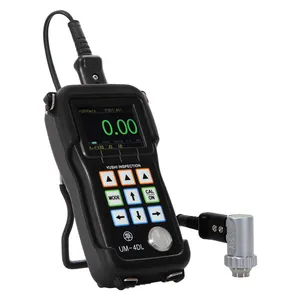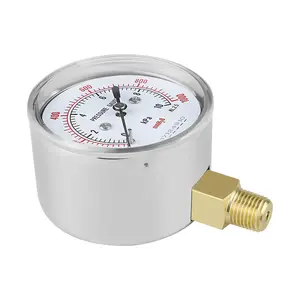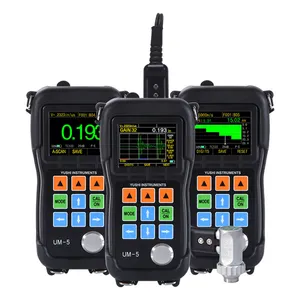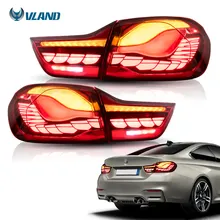Understanding AEM Gauges
An AEM gauge is an essential instrument used in automotive applications to monitor various engine parameters. This category encompasses devices that measure temperature, pressure, air/fuel ratios, RPMs, and more, providing drivers with real-time data to ensure their vehicle operates within safe and optimal ranges.
Types and Features of AEM Gauges
There are several types of AEM gauges available, each designed to serve a specific monitoring function. For instance, a pyrometer gauge measures exhaust temperatures, which is crucial for high-performance vehicles, while a fuel gauge helps in keeping track of fuel levels. Features like the Invision display offer clear visibility under various lighting conditions, and RPM meters, or tachometers, are indispensable for monitoring engine speed.
Applications of AEM Gauges
AEM gauges are widely used in automotive tuning and racing. They are instrumental in vehicles where performance and precision are paramount. These gauges are also valuable for everyday vehicle maintenance, ensuring that all systems are functioning correctly and efficiently.
Materials and Advantages
The construction of AEM gauges involves robust materials that can withstand the rigors of automotive environments. The use of durable plastics, metals, and advanced electronic components ensures longevity and reliability. The advantage of using these gauges lies in their ability to provide accurate readings, which is critical for maintaining vehicle performance and safety.
Choosing the Right AEM Gauge
Selecting the appropriate AEM gauge requires understanding the specific needs of your vehicle. Whether it's monitoring fuel levels with a fuel gauge or keeping an eye on battery voltage with a voltmeter, the right gauge can make a significant difference in vehicle performance monitoring.
Integration with Vehicle Systems
Modern AEM gauges are designed for seamless integration with a vehicle's systems. They can often be connected to existing sensors and onboard computers, providing a streamlined and efficient way to monitor critical vehicle parameters.












































 浙公网安备 33010002000092号
浙公网安备 33010002000092号 浙B2-20120091-4
浙B2-20120091-4